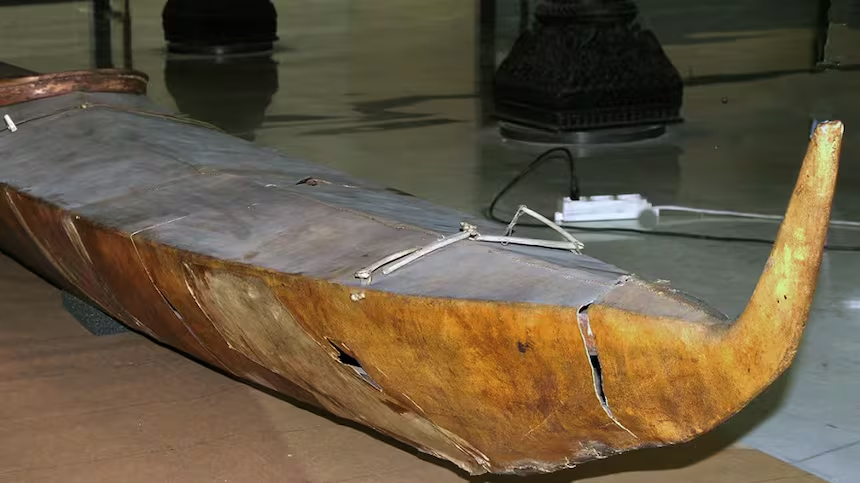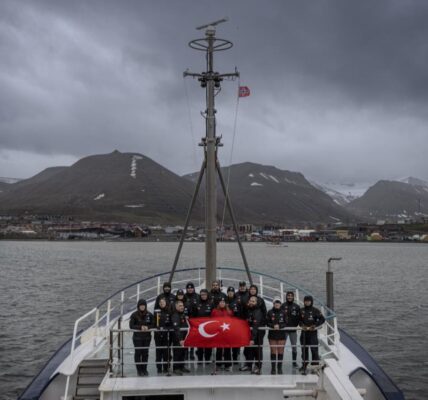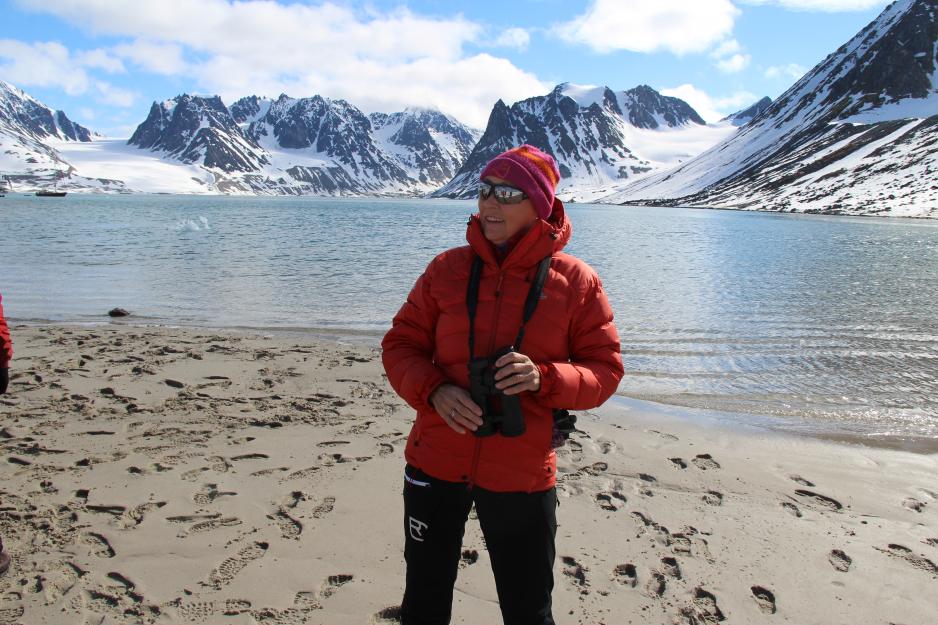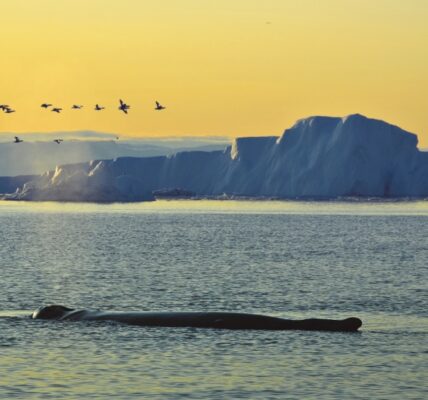Indigenous leaders in the Northwest Territories confirmed that several traditional artifacts, including an Inuvialuit kayak, uluit, harpoons, and other hunting tools, currently held at the Vatican Museums, are set to be returned to Canada. The return is part of ongoing discussions between Indigenous organizations and the Vatican, and leaders expressed a desire for the artifacts to be displayed within the Inuvialuit Settlement Region. (EOTA)
The repatriation of Indigenous artifacts from the Vatican to Canada represents a critical act of cultural restoration and reconciliation for northern Indigenous communities. These traditional items carry centuries of ancestral knowledge, spiritual significance, and survival skills. Many of these items were removed under coercive colonial and missionary practices, including during Canada’s residential school era, and were often displayed in European museums without consent. As such, their return is both symbolically and practically crucial, helping Indigenous communities reclaim authority over their cultural heritage.

The Vatican’s “church-to-church” handoff, as they first return items to the Canadian Bishops before Indigenous communities, is a cautious, precedent-sensitive approach but still allows Indigenous leaders to determine the artifacts’ care, display, and educational use. For the Inuvialuit and First Nations, this provides an opportunity to revive traditional knowledge, engage younger generations, and reinforce cultural identity in tangible ways. This return is also part of a broader process of healing and acknowledgment of past harms, linking the restitution of material culture to the spiritual and emotional recovery of residential school survivors.
Moreover, integrating the artifacts into local museums and educational programs will ensure that Indigenous narratives, rather than colonial interpretations, shape their meaning. This repatriation underscores that reconciliation extends beyond apologies and symbolic gestures and requires tangible acts that restore control and visibility to Indigenous communities over their heritage, knowledge systems, and cultural continuity. (CBC, CBC)
Source – https://www.thearcticinstitute.org/arctic-week-take-five-week-20-october-2025/



